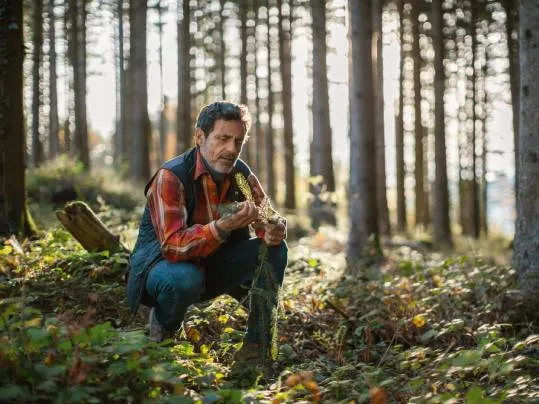Marmoleum, the movie
A behind-the-scenes look at the creation of an epic film.

Just recently, Forbo Flooring Systems has released a breath-taking new Marmoleum video. It focuses on the fact that Marmoleum is a true CO₂ neutral resilient floor covering, measured from cradle to gate, without offsetting and without buying carbon credits.
The video, shot on location, explains which raw materials are used for the production of Marmoleum, such as linseed oil, wood flour, jute and rosin, and shows them in their natural habitat. It was produced by Imagista, a French audio-visual agency that has worked for several well-known international brands.
Last year, with the help of local camera teams, they managed to film the most stunning sceneries around the globe: from dense pine forests and long stretches of jute fields to white, snowy mountains and immense limestone caves. Resulting in an awe-inspiring and most memorable film.
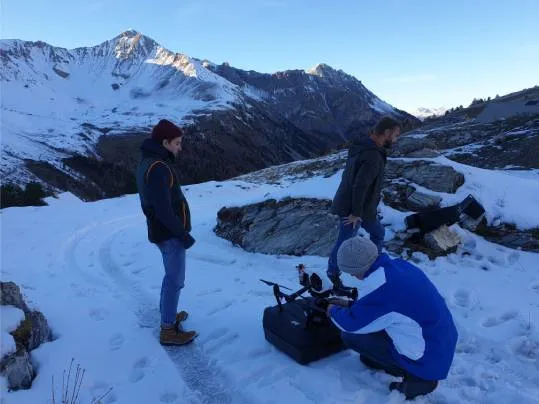
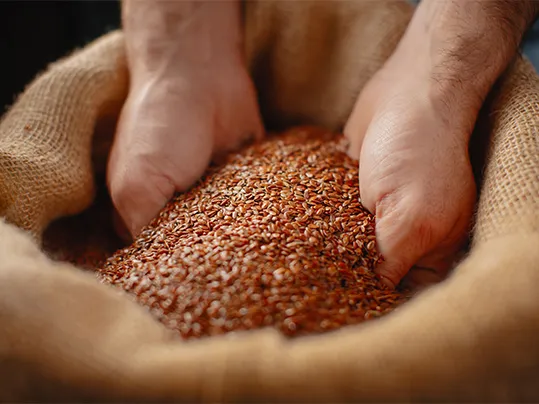
The project began in the summer of 2020, with the creation of the global concept of the movie together with the director, Thibault.
Thibault: ‘The main goal was to match Forbo Flooring Systems’ vision for the Marmoleum brand by presenting an idea that really fit the core values of the company and the special DNA of the Marmoleum product. Something that would be true to the brand, but also have a visually sensitive approach. This sensitivity can be seen in the way we shape the rhythm of the sequences, but also in the lights, the lenses, technical choices and the movements of the camera.’
The decision was made to shoot a genuine ‘manifesto’ about the origins of Marmoleum. A visual movie that would express the character, the commitment and the naturalness of this unique product through striking visuals, emotional sequences and a warm voice-over, giving an authentic feel to the story while delivering the message.

.webp)
Around 25 people were gathered to form the production and technical crew for this project, not including the people in the movie and the backgrounds or the teams on location.
The production period itself took over three months and involved a wide range of locations and different sceneries. From the harvesting of linseed in fields and the extraction of limestone in a quarry to the logging of wood and harvesting of pine resin in dense forests, alternated with shots of roads and different landscapes and exteriors. Finally, production finished on the 2nd of December, with a shoot showing Marmoleum installed in an actual building, at the Ecla Campus in Paris.
After the final editing was done, a musical ambience was designed for the film, giving it even more depth.
.webp)

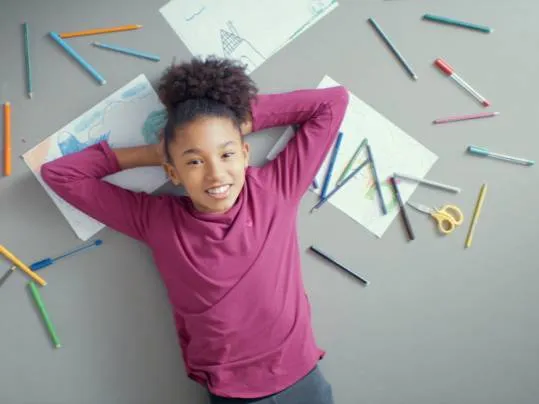
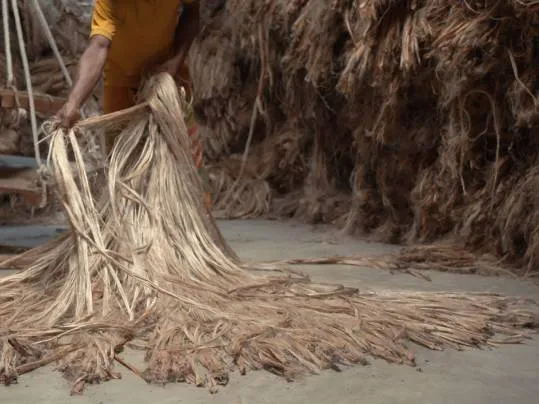
The film crew had to deal with some unforeseen and surprising circumstances during production. Not only were they sometimes surprised by the quick changing of the season and landscapes, but they had to work within the constraints of COVID as well. Government laws changed from day to day, forcing them to reshape the project and limit the amount of international travel. Fortunately, they managed to find local directors and camera crews to help them shoot on location.
‘For example, we didn’t travel abroad for the jute, but prepared a shoot in Bangladesh with a local producer, since the government didn’t allow our team to go there,’ Thibault discloses. ‘He filmed the images I conceived, following a precise guideline in terms of creative direction, lighting and equipment. We had great communication and were able to give the local crew live directions during the shoot. Bear in mind, it was the middle of the night for us because of the time difference.'
'Working on this film has been very rewarding and inspiring for us. [...] It made us feel like we took part in conveying an important message.’
Thibault Maurel de Maillé, Director
For the production company, this was quite a big project in terms of production because of the diversity of people and places that they wanted to show, and the amount of technical solutions that were used. Thibault: ‘Working on this film has been very rewarding and inspiring for us: with many different sets and locations, mostly outdoors, which meant having to deal with elements outside of our control like the weather or the seasonality of the raw material production.'
'All in all, I was truly proud to have taken part in this project, to have put a sustainable product at the forefront, respectful of the environment, aesthetic... It made us feel like we took part in conveying an important message.’
